Fashion isn't just about looks; it's also about how a city's infrastructure, society, commerce, and new ideas fit together. The fashion capitals of the world didn't get their names quickly. Instead, they built systems that help everyone, from designers who set trends to reliable fabric wholesalers and the operations that keep global brands going.
The world's fashion cities—New York, Paris, Milan, and Tokyo—have a vast spectrum of styles, yet they all have tremendous styles. Each city adds something unique to the fashion world, but they all have some traits that make them the best. “Fashion should be a form of escapism and not a form of imprisonment.” — Alexander McQueen.
Understanding these features can help fashion designers, brand strategists, and style enthusiasts. We examine what unifies the world's fashion capitals.
You Can Also Read this For More Related Information: Travel To The Most Intriguing Fashion Capitals With Fabriclore
What All Fashion Capitals Have In Common: Global Trends

Beyond renowned runways and luxury boutiques, fashion cities are lively centres of history, creativity, and artistry across continents and cultures. Whether Paris redefines couture or Mumbai introduces brave new talent, these places show how to affect global fashion. Let's examine their similarities.
1. Historical Significance And Legacy

Fashion capitals are formed by culture, craftsmanship, and decades of influence. Paris, Milan, and London are world-famous for their design, textile, and artistic traditions. Here's how their legacy influences fashion now.
Paris, France
Paris is haute couture's hub. Royals and aristocrats set European dress trends in the 17th century. Famous houses like Chanel, Dior, and Louis Vuitton made the city elegant. Paris Fashion Week reinforces the city's status as a symbol of wealth and refinement.
Milan, Italy
Milan's fashion history is related to its textile and handicraft traditions. From tailoring and leatherwork, the city became a premium design hotspot. Milan's precision, delicacy, and understated splendor are reflected in Prada, Versace, and Giorgio Armani. Italian fashion has been shaped by design and quality for ages.
Also Read : Milan: The Italy's Fashion Capital
London, UK
London fashion is characterized by its rebellion and cultural upheavals. From Victorian tailoring to Vivienne Westwood -led punk, London has questioned traditions. Top design institutions like Central Saint Martins have produced generations of strong creatives. The city's fashion story is about societal development and creativity.
Also Read : London : The Iconic Fashion Capital
NY City, USA
Despite being younger than Europe, New York's fashion history is commercial and rapid. Due to urban life, the city became a ready-to-wear fashion hub in the 20th century. The Garment District powered American fashion, commercializing concepts. New York has democratized style and entrepreneurship.
Tokyo, Japan
Tokyo's fashion roots blend traditional Japanese aesthetics with cutting-edge innovation. The city gained global attention in the late 20th century through designers like Issey Miyake and Rei Kawakubo of Comme des Garçons, who broke the mold with abstract forms and deconstructed garments. Tokyo's legacy lies in its ability to merge cultural heritage with futuristic vision, making it a unique force in global fashion.
Seoul, South Korea
Seoul's fashion ascent is recent, but its roots run deep in Korean culture and traditional dress (hanbok). As K-pop and Korean media rose globally, so did Seoul's designers—many of whom reimagine local aesthetics for a global audience. The city's legacy is being written now, blending digital-forward thinking with a strong sense of cultural identity.
Copenhagen, Denmark
Scandinavian design principles have shaped Copenhagen's fashion history, which is based on practicality and simplicity. Even though it is fairly new to the world stage, its dedication to sustainability has made it historically important in a modern sense. Through Copenhagen Fashion Week and a culture of thoughtful design, the city is making ethical fashion the way it is today.
2. Creative Talent And Designers

Another important aspect that enhances these cities is their function as nurturing environments for creative talent. Renowned fashion designers and institutions like:
-
Paris:
Designers – Coco Chanel, Christian Dior, Maria Grazia Chiuri
Institutions – Institut Français de la Mode (IFM), École de la Chambre Syndicale
-
Milan:
Designers – Giorgio Armani, Miuccia Prada, Donatella Versace
Institutions – Istituto Marangoni, Domus Academy
-
London:
Designers – Vivienne Westwood, Alexander McQueen, Phoebe Philo
Institutions – Central Saint Martins, London College of Fashion
-
New York:
Designers – Ralph Lauren, Calvin Klein, Telfar Clemens
Institutions – Parsons School of Design, Fashion Institute of Technology (FIT)
-
Tokyo:
Designers – Rei Kawakubo, Issey Miyake
Institution – Bunka Fashion College
-
Seoul:
Designers – Minju Kim, Bajowoo (99%IS)
Institutions – Ewha Womans University, Seoul National University
-
Copenhagen:
Designer – Ditte Reffstrup (Ganni)
Institution – Royal Danish Academy of Fine Arts – School of Design
These schools foster fashion innovators. Their graduates launch unique collections at major fashion weeks, shaping worldwide trends. A strong designer community encourages cooperation and accelerates trend evolution, supported by US fabric wholesalers and suppliers that provide the resources for innovation.
3. Thriving Fashion Weeks And Events

All of the big fashion capitals have fashion weeks that are known around the world:
-
Paris: Hosts the prestigious Paris Fashion Week (Haute Couture & Ready-to-Wear), organized by the Fédération de la Haute Couture et de la Mode.
-
Milan: Renowned for Milan Fashion Week, spotlighting Italian luxury via Camera Nazionale della Moda Italiana.
-
London: London Fashion Week celebrates experimental and emerging talent.
-
New York: New York Fashion Week (NYFW) drives commercial energy and diverse designer showcases.
-
Tokyo: Tokyo Fashion Week highlights streetwear-meets-artistic innovation.
-
Seoul: Seoul Fashion Week connects K-fashion with global audiences.
- Copenhagen: Copenhagen Fashion Week is leading in sustainable event standards.
Not only do these events foster creative thinking, but they also attract customers from other countries, members of the press, and influential people. It is at these high-profile locations that new trends make their debut and new marketplaces are established.
4. Global Commerce And Retail Infrastructure

Fashion cities are business hubs for the whole world. There are flagship shops, luxury boutiques, and multi-brand showrooms in each that draw both retailers and end customers. These cities' shopping areas, such as Fifth Avenue in New York, Champs-Élysées in Paris, and Via Montenapoleone in Milan, are known for high-end buying.
These places also have trade shows, pop-up shops, and exhibitions that let new and smaller brands join the global conversation. As an example:
- For textile sources and new ideas, Première Vision in Paris is a must.
- Men's fashion styles are set at Pitti Uomo in Florence.
- Coterie New York brings together stores and brand exhibitors from all over the world.
5. Cultural Influence

Cities that bring together different cultures do well with fashion. The best designs often get ideas from the art, building, music, and even food in the area. As an example:
-
Paris: Fashion reflects its rich heritage in art, architecture, and romance—timeless and refined.
-
Milan: Rooted in Italian tradition and design, blending elegance with craftsmanship.
-
London: Shaped by subcultures, music, and diversity—creative and experimental.
-
New York: Fast, global, and expressive—where streetwear meets high fashion.
-
Tokyo: Fuses ancient tradition with futuristic tech and edgy design.
-
Seoul: K-pop and digital culture drive bold, youth-led fashion trends.
- Copenhagen: Minimal, eco-driven style reflecting Nordic lifestyle and values.
In the same way, Mumbai's fashion scene is a lively mix of Bollywood glam, traditional textiles, and a growing culture of eco-friendly designers.
This mix of culture and imagination makes room for new ideas and experimental fashion.
6. Strong Economic And Media Presence

To become a fashion centre, you need to have a strong media presence. Media giants like, Vogue, Elle, and Harper’s Bazaar are based in cities like New York, Paris, and London. This makes it easier for local designers to be known around the world.
Strong economies allow for huge marketing budgets, big shows, and constant new ideas. All of these things are made possible by strong backend networks like fabric wholesale manufacturers and global sourcing agencies.
Mumbai is quickly catching up to sites like Vogue India and Elle India, which help Indian designers reach people all over the world.
7. Commitment To Sustainability

In every major fashion city, sustainability has evolved from being a specialised focus to an essential requirement. Notable instances include:
- Paris' dedication to sustainable fashion initiatives.
- Milan's focus on luxury that is ethically sourced.
- Copenhagen is rising prominently through sustainable innovation.
Fashion houses such as Stella McCartney are leading the way in utilising eco-friendly materials, encouraging mindful consumer choices, and collaborating with sustainable fabric suppliers. In India, designers such as Anita Dongre are at the forefront of promoting eco-conscious luxury fashion.
Why It Matters For Brands Across The Globe

It is interesting and important for any brand to know how the big fashion capitals work. These cities show how business, art and creativity can make an impact. What brands can learn from these lessons:
-
Establish a Distinctive Niche: Build your brand's identity around a rich story that comes from history, local traditions, or a unique culture point of view. You can stand out in a busy market and interact with your audience better with a clear area.
-
Invest in Community and Collaboration: Fashion ecosystems that work well are made up of relationships. Working together with creative people, artisans, and reliable providers like fabric suppliers USA is a great idea. Building strong ties within your industry community helps you come up with new ideas and stay strong.
-
Blend Global Trends With Local Authenticity: Keep up with the latest fashion trends around the world, but add your own unique style to them. Authenticity is what people want these days; it turns a trend into an experience that is important and relatable.
- Prioritize Sustainability and Transparency: Today's consumers seek more than just stylish apparel; they look for responsible practices and environmentally friendly production methods. Building a responsible brand involves sourcing sustainable textiles from trustworthy wholesale fabric manufacturers in the USA and adhering to ethical labour standards. This commitment is essential in today's market.
By concentrating on these pillars, brands can develop a unique voice, build dedicated communities, and succeed in a constantly changing, globally interconnected fashion environment.
Final Thoughts
Fashion capitals may differ in language, landscape, and style, but they all share some values: innovation, craftsmanship, collaboration, sustainability, and culture.
Examining these cities provides critical insights into how creativity and business might be integrated. The rise of cities like Mumbai indicates that new centres have the ability to challenge established players by remaining authentic, embracing technology, and committing to sustainable practices.
Embark on your journey by connecting with the ideal partners, such as top fabric wholesalers, leading wholesale fabric manufacturers USA, and reliable fabric suppliers USA—Because in the realm of fashion, every exceptional collection begins with outstanding fabric.
You Can Also Read This For More Related Information: Top Fabric Trends in Global Fashion: A Comprehensive Guide
Frequently Asked Questions
1. What makes a city a fashion capital?
A fashion capital is more than just a stylish city. It's a global hub where creativity, commerce, culture, and craftsmanship shape fashion trends and business.
- Hosts internationally recognized fashion weeks.
- Home to top fashion houses and designer labels.
- Influenced by a strong cultural and artistic heritage.
- Supported by institutions, retail hubs, and media presence.
- Connected to reliable supply chains and fabric sourcing platforms.
2. Why are Paris, Milan, London, and New York considered the "Big Four” fashion capitals?
These cities earned their status through decades of leadership in design, innovation, and fashion commerce. They consistently set global trends and influence what the world wears.
- They have iconic fashion weeks that attract global media and buyers.
- They house legendary fashion brands like Chanel, Prada, and Burberry.
- Strong fashion education systems and designer communities.
- The vast infrastructure of fabric wholesalers, showrooms, and ateliers.
- Central headquarters of fashion magazines like Vogue and Elle.
3. How Does Culture Influence Fashion In These Cities?
Each fashion city has its own unique culture. A city's style is shaped by its architecture, music, history, and the way people live there. This makes the style known all over the world.
- Paris: Art, cinema, and romantic heritage inform timeless elegance.
- Tokyo: Technology and tradition blend into futuristic design.
- London: Music and subcultures inspire edgy, experimental looks.
- New York: Urban diversity fuels bold, expressive street style.
-
Milan: Italian craftsmanship meets high-end minimalism.
4. What Role Do Fashion Weeks Play Globally?
Fashion weeks are launchpads for creativity and commerce. They introduce new trends, generate media buzz, and drive wholesale and retail orders for upcoming seasons.
- Designers debut new collections to buyers and press.
- Fashion weeks drive brand recognition and trend adoption.
- Events attract stylists, influencers, and celebrities.
- Platforms like NYFW, PFW, and Seoul Fashion Week shape the global fashion calendar.
- New designers often gain international visibility here.
5. Why Is Fabric Sourcing Important For Fashion Brands?
Sourcing quality fabric is the backbone of successful fashion production. The right materials influence everything from design integrity to sustainability and scalability.
- Great design starts with reliable, high-quality textiles.
- Trusted fabric suppliers USA offer consistent inventory and standards.
- Wholesale fabric manufacturers USA help brands scale efficiently.
- Sustainable sourcing builds consumer trust and brand value.
- Fabric decisions affect cost, production time, and brand perception.
We also happen to be a magnet for suggestions, and would love to catch yours….throw us yours on hello@fabriclore.com
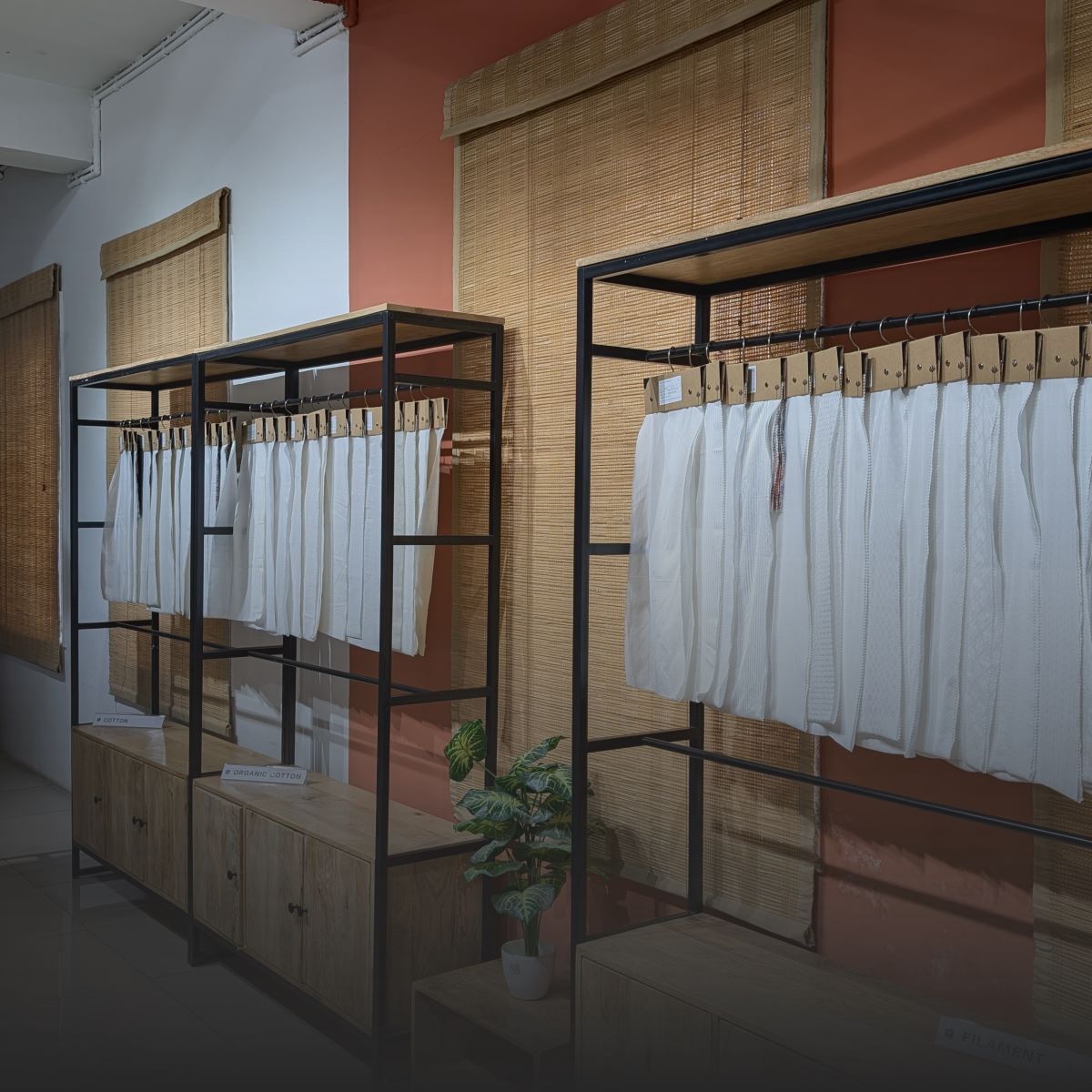
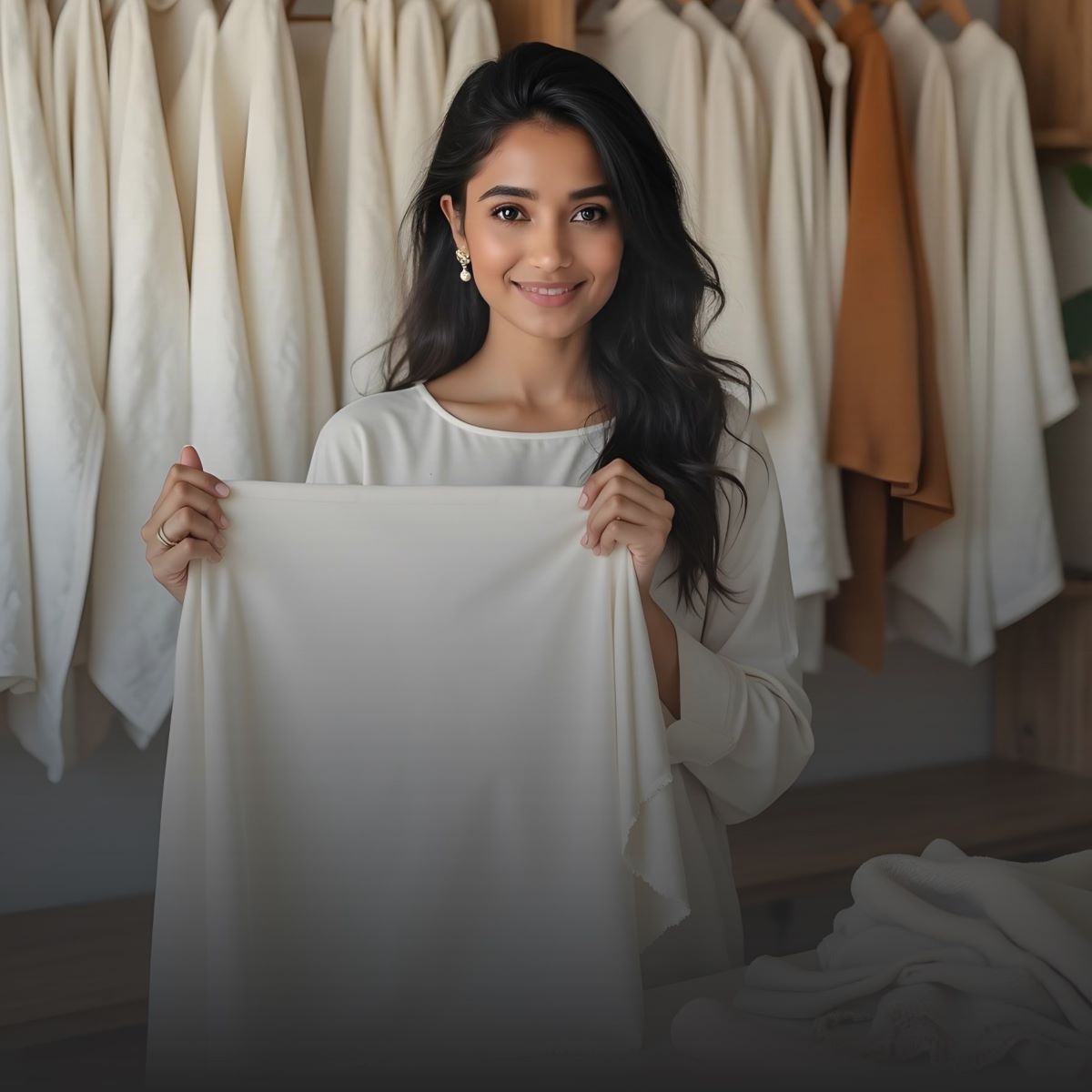
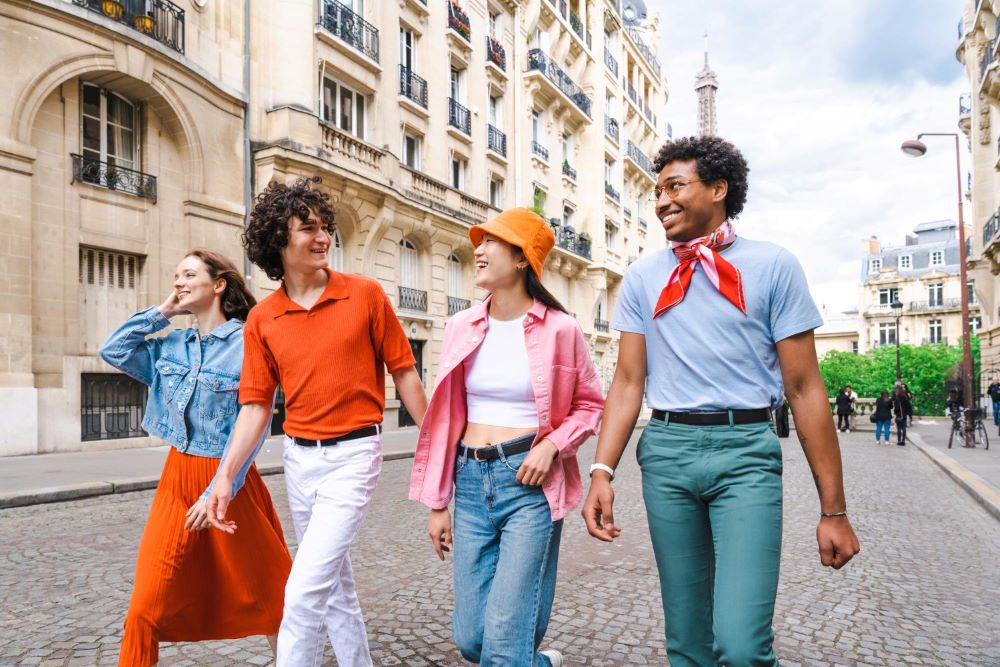
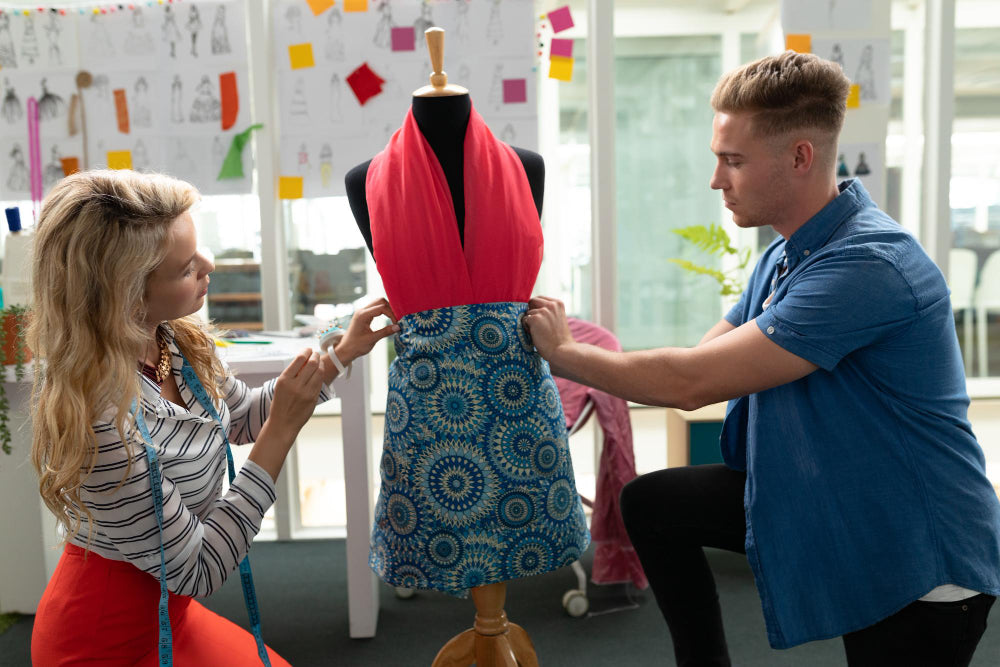
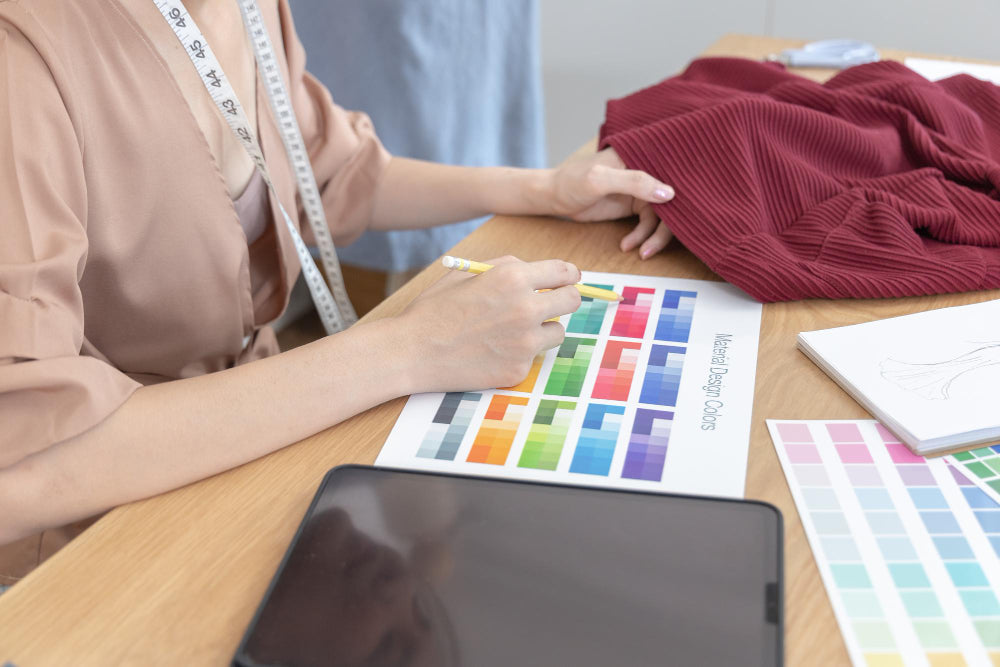
Leave a comment
This site is protected by hCaptcha and the hCaptcha Privacy Policy and Terms of Service apply.